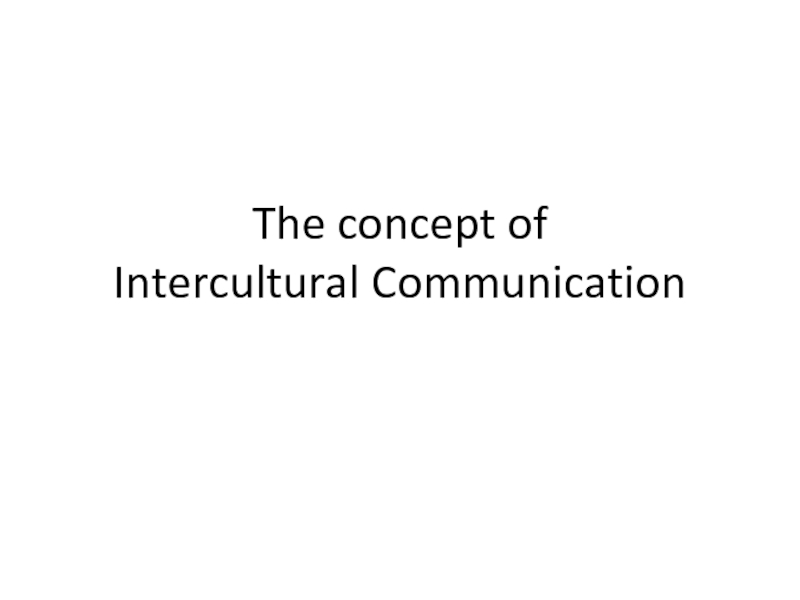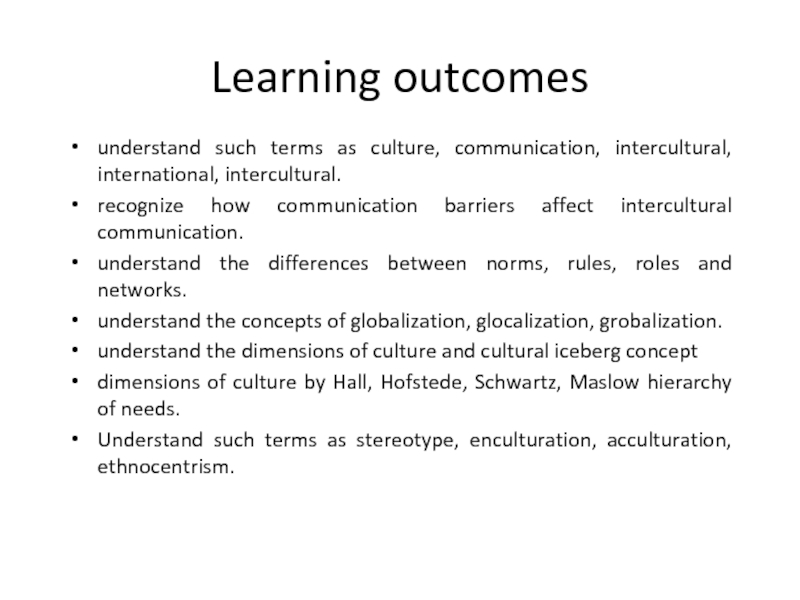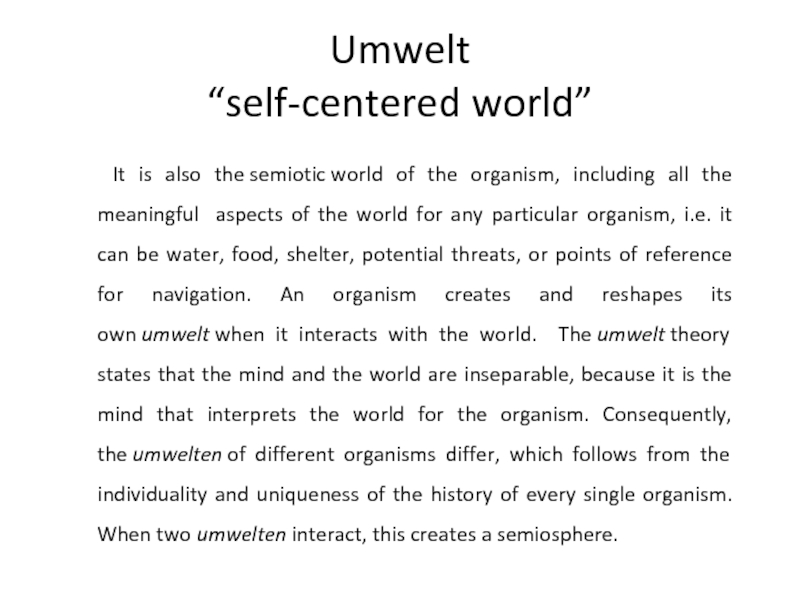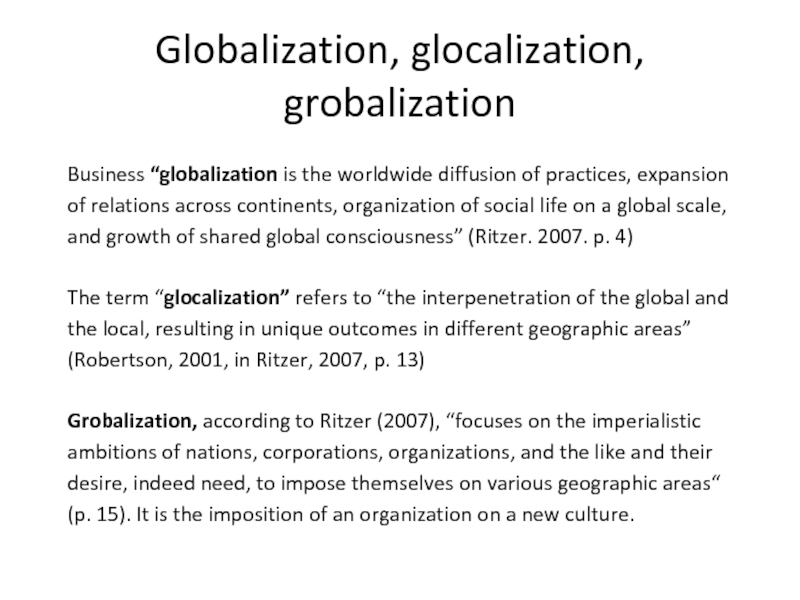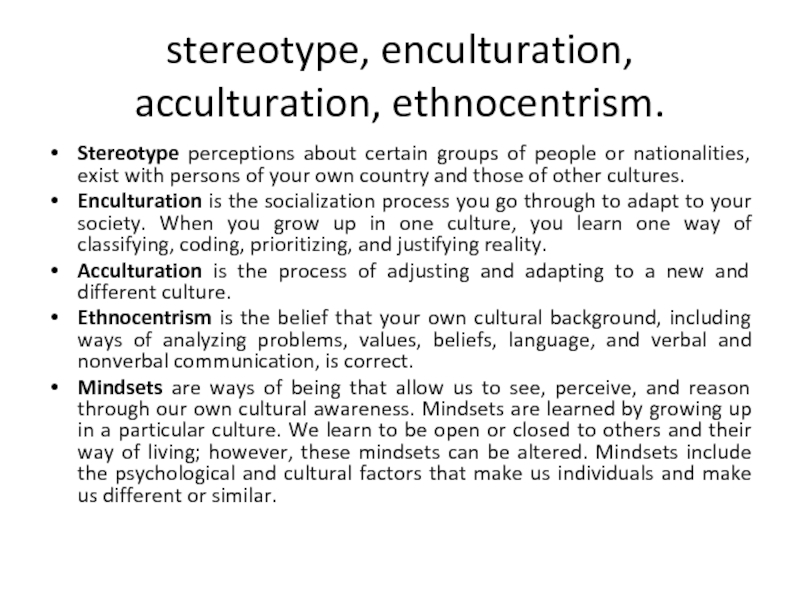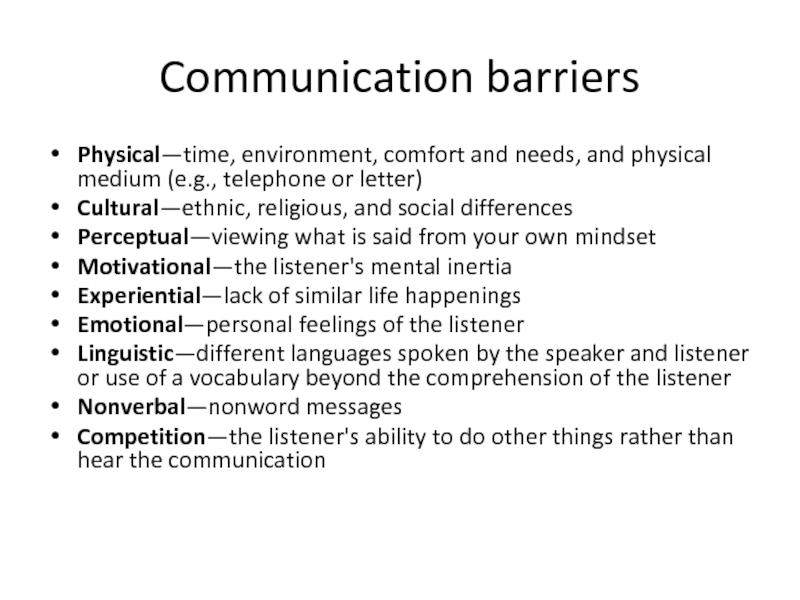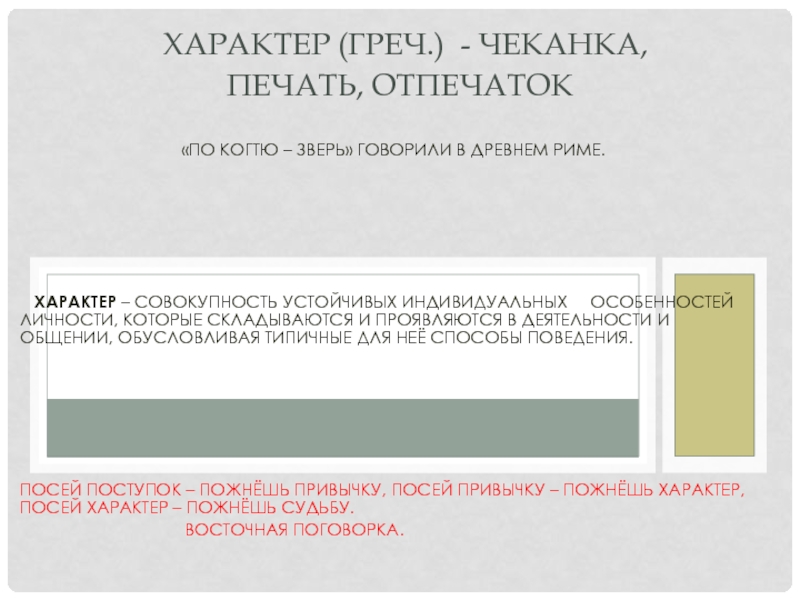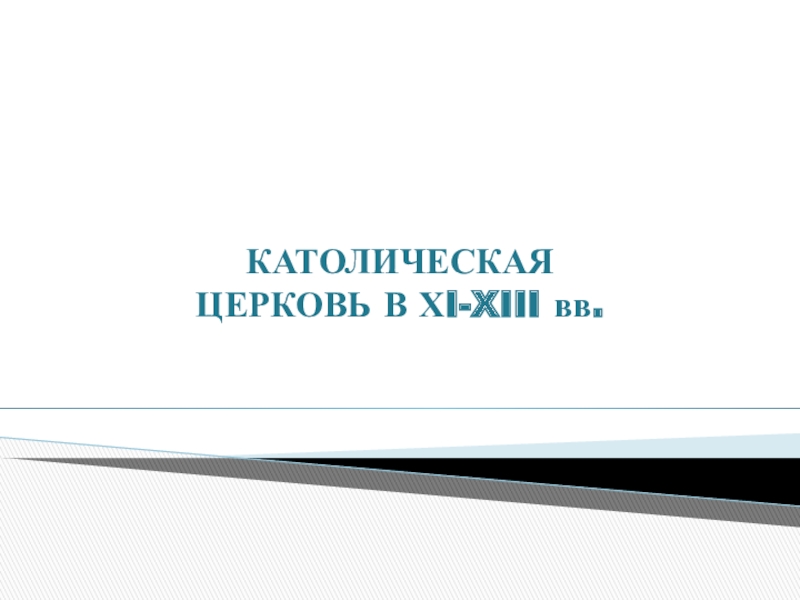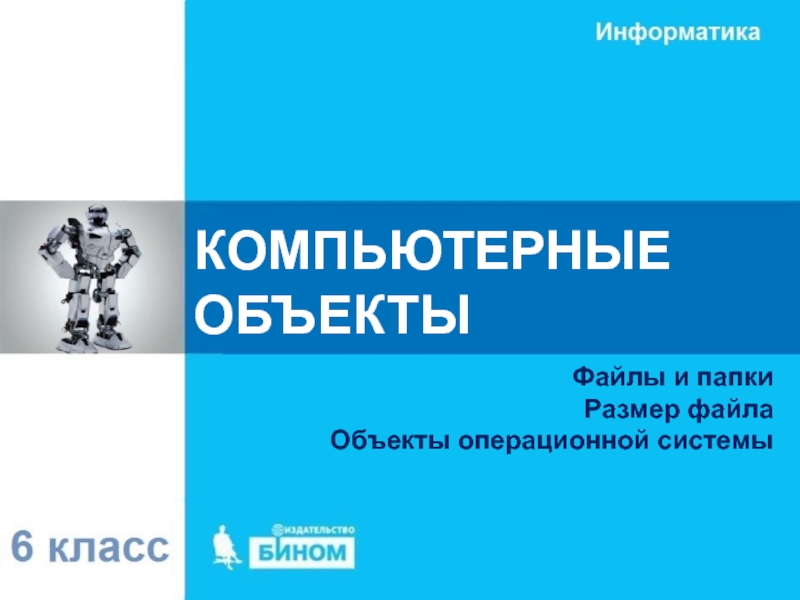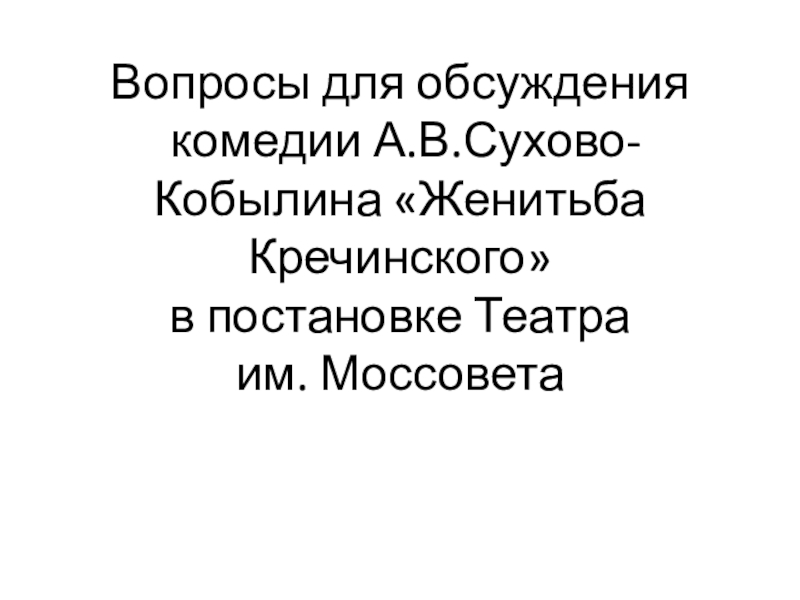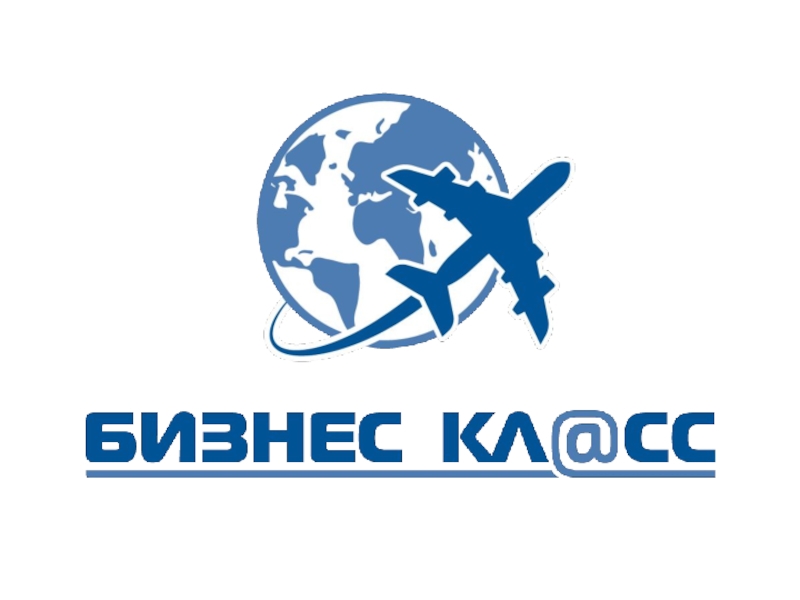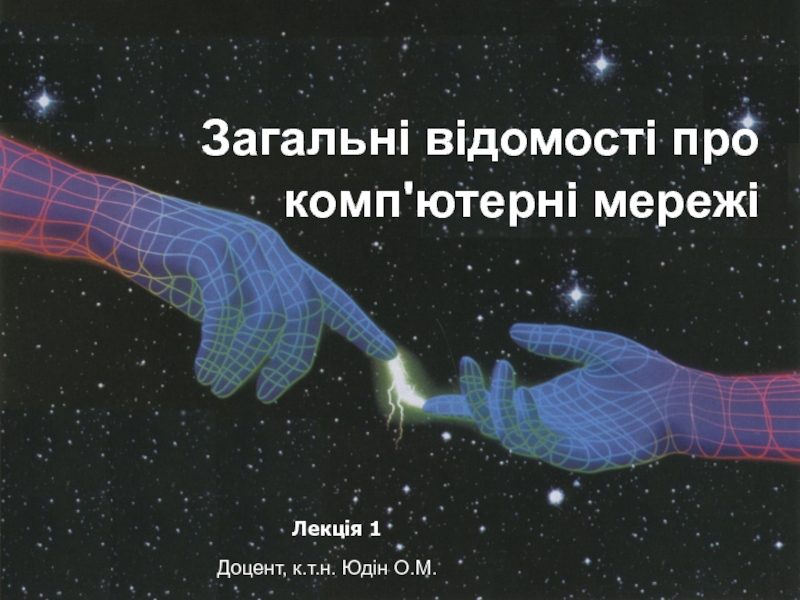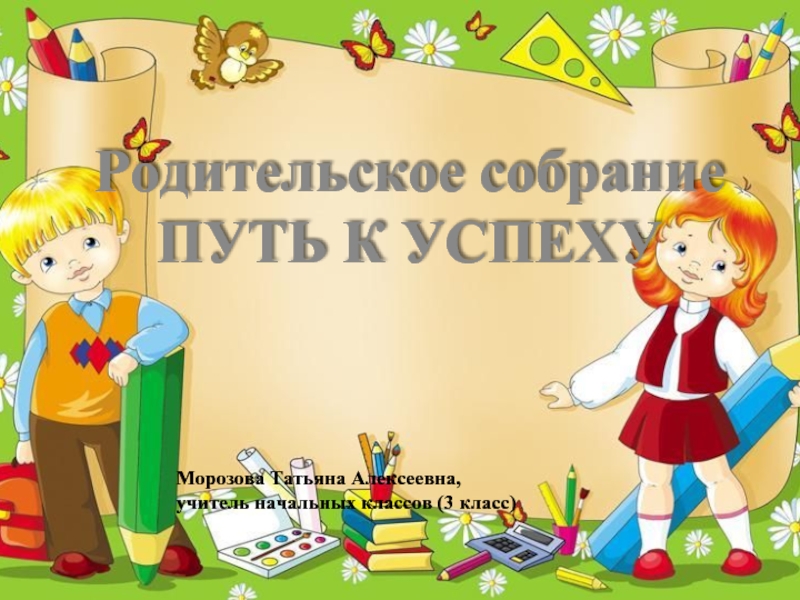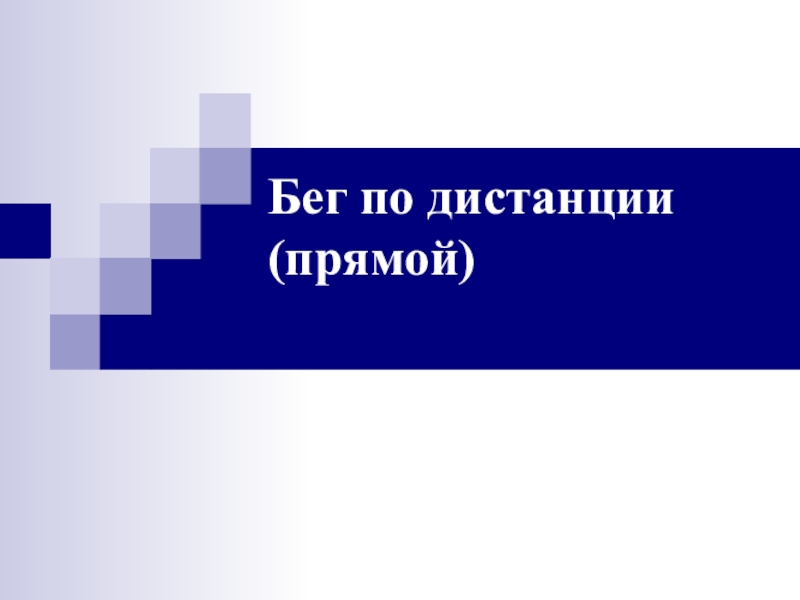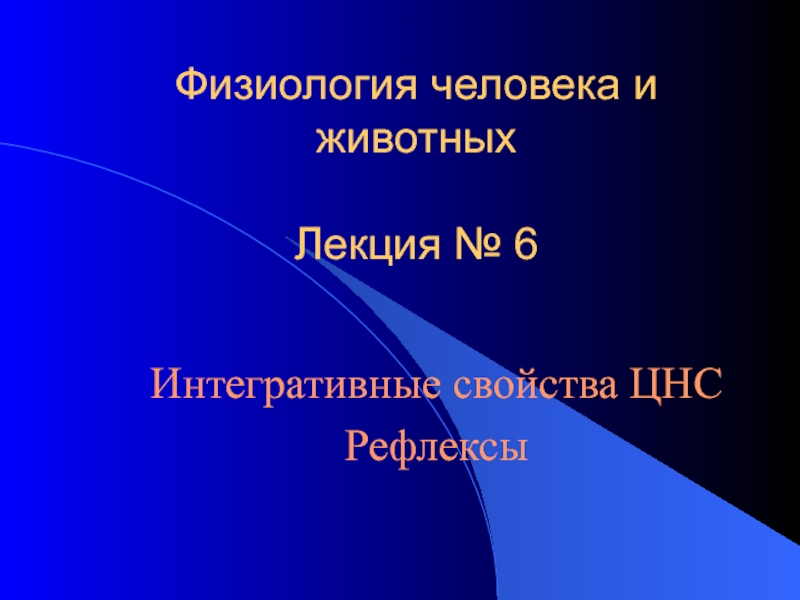Слайд 1The concept of
Intercultural Communication
Слайд 2Learning outcomes
understand such terms as culture, communication, intercultural, international, intercultural.
recognize
how communication barriers affect intercultural communication.
understand the differences between
norms, rules, roles and networks.
understand the concepts of globalization, glocalization, grobalization.
understand the dimensions of culture and cultural iceberg concept
dimensions of culture by Hall, Hofstede, Schwartz, Maslow hierarchy of needs.
Understand such terms as stereotype, enculturation, acculturation, ethnocentrism.
Слайд 3Umwelt
“self-centered world”
It is also the semiotic world of the organism, including
all the meaningful aspects of the world for any particular
organism, i.e. it can be water, food, shelter, potential threats, or points of reference for navigation. An organism creates and reshapes its own umwelt when it interacts with the world. The umwelt theory states that the mind and the world are inseparable, because it is the mind that interprets the world for the organism. Consequently, the umwelten of different organisms differ, which follows from the individuality and uniqueness of the history of every single organism. When two umwelten interact, this creates a semiosphere.
Слайд 4Globalization, glocalization, grobalization
Business “globalization is the worldwide diffusion of practices,
expansion
of relations across continents, organization of social life on a
global scale,
and growth of shared global consciousness” (Ritzer. 2007. p. 4)
The term “glocalization” refers to “the interpenetration of the global and
the local, resulting in unique outcomes in different geographic areas”
(Robertson, 2001, in Ritzer, 2007, p. 13)
Grobalization, according to Ritzer (2007), “focuses on the imperialistic
ambitions of nations, corporations, organizations, and the like and their
desire, indeed need, to impose themselves on various geographic areas“
(p. 15). It is the imposition of an organization on a new culture.
Слайд 5stereotype, enculturation, acculturation, ethnocentrism.
Stereotype perceptions about certain groups of people
or nationalities, exist with persons of your own country and
those of other cultures.
Enculturation is the socialization process you go through to adapt to your society. When you grow up in one culture, you learn one way of classifying, coding, prioritizing, and justifying reality.
Acculturation is the process of adjusting and adapting to a new and different culture.
Ethnocentrism is the belief that your own cultural background, including ways of analyzing problems, values, beliefs, language, and verbal and nonverbal communication, is correct.
Mindsets are ways of being that allow us to see, perceive, and reason through our own cultural awareness. Mindsets are learned by growing up in a particular culture. We learn to be open or closed to others and their way of living; however, these mindsets can be altered. Mindsets include the psychological and cultural factors that make us individuals and make us different or similar.
Слайд 6Norms, rules, roles, and networks
Norms, rules, roles, and networks are
situational factors that influence
encoding and decoding of both verbal and
nonverbal messages within
a culture. They are unwritten guidelines people within the cultural
group follow.
Norms are culturally ingrained principles of correct and incorrect behaviors that, if broken, carry a form of overt or covert penalty.
Rules are formed to clarify cloudy areas of norms. The U.S. Supreme Court is an excellent example of an organization that looks at the intent of a rule and determines how strongly or loosely it should be followed.
A role includes the behavioral expectations of a position within a culture and is affected by norms and rules.
Networks are formed with personal ties and involve an exchange of assistance. Networks and the need to belong are the basis of friendships and subgroups (Chaney & Martin, 2005).
Слайд 7Communication barriers
Physical—time, environment, comfort and needs, and physical medium (e.g.,
telephone or letter)
Cultural—ethnic, religious, and social differences
Perceptual—viewing what is said
from your own mindset
Motivational—the listener's mental inertia
Experiential—lack of similar life happenings
Emotional—personal feelings of the listener
Linguistic—different languages spoken by the speaker and listener or use of a vocabulary beyond the comprehension of the listener
Nonverbal—nonword messages
Competition—the listener's ability to do other things rather than hear the communication
